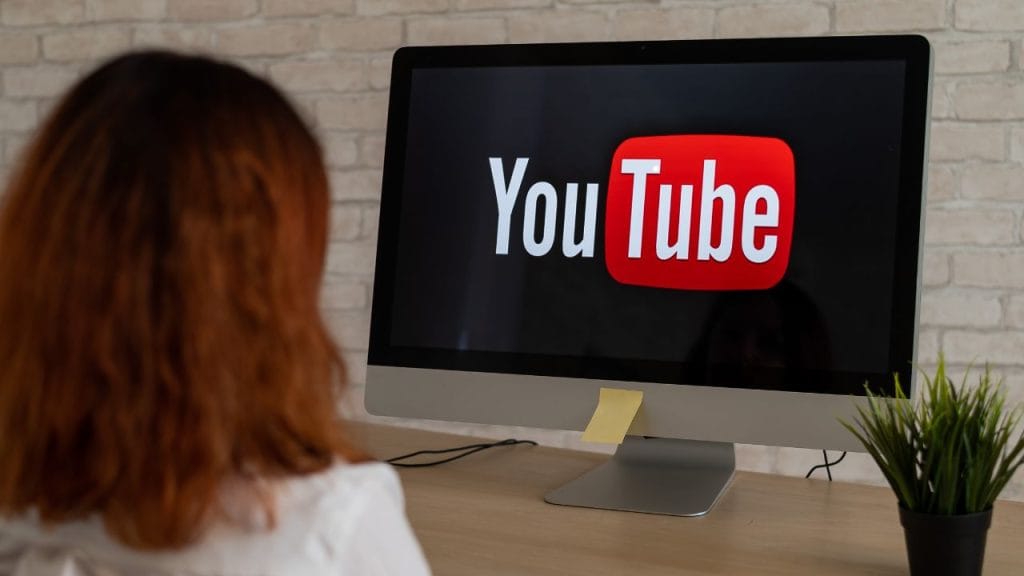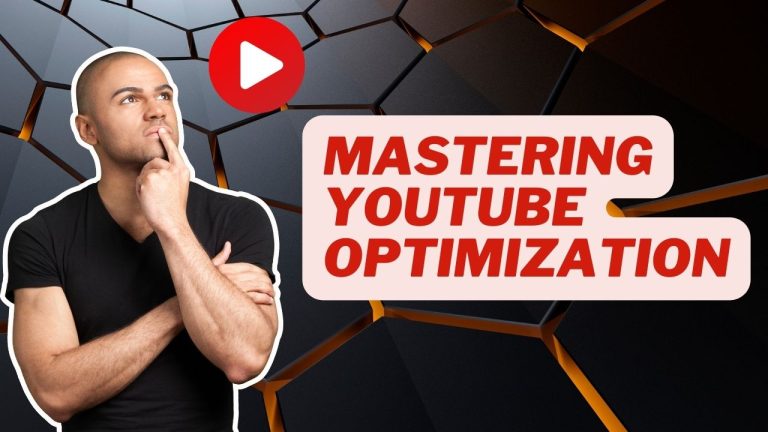Introduction to YouTube Optimization
In the vast ocean of YouTube, standing out can feel like an impossible task. But fear not! With the right optimization strategies, you can master the waves and skyrocket your views and subscribers. Let’s dive into the world of YouTube optimization and unlock the secrets to success.
Understanding YouTube's Algorithm
First things first, let’s decode the mysterious YouTube algorithm. This complex system determines which videos appear in search results and recommendations. Understanding how it works is crucial for Youtube optimization.
How the Algorithm Works

YouTube’s algorithm prioritizes videos based on relevance, engagement, and viewer satisfaction. It analyzes factors such as watch time, likes, comments, shares, and click-through rates. Essentially, the more engaging and relevant your content is, the higher it will rank.
Key Factors Influencing Rankings
- Watch Time: The total amount of time viewers spend watching your videos.
- Engagement: Interactions like likes, comments, and shares.
- Click-Through Rate (CTR): The percentage of people who click on your video after seeing the thumbnail and title.
- Relevance: How well your video’s title, description, and tags match the search query.
Keyword Research for YouTube
Keywords are the foundation of YouTube optimization. They help YouTube understand the content of your video and match it with viewers’ search queries.
Importance of Keywords
Using the right keywords can significantly boost your video’s visibility. They should be relevant to your content and reflect what your target audience is searching for.
Tools for Keyword Research
Several tools can assist in finding the best keywords for your videos:
- Google Trends: To see trending searches.
- TubeBuddy: A browser extension with keyword insights.
- VidIQ: Another powerful tool for keyword analysis.
How to Choose the Right Keywords
Look for keywords with high search volume but moderate competition. Long-tail keywords (phrases with three or more words) are often more effective as they target specific searches.
Optimizing Video Titles
Your video title is one of the first things viewers notice. A compelling title can entice viewers to click and watch.
Crafting Compelling Titles
Create titles that are clear, engaging, and informative. Use action words and make sure they reflect the content of your video.
Using Keywords Effectively
Incorporate your primary keyword naturally within the first 60 characters of your title. Avoid keyword stuffing, which can look spammy and deter viewers.
Writing Effective Descriptions
A well-written description provides context for your video and helps with search rankings.
Importance of Descriptions
Descriptions help YouTube’s algorithm understand your video’s content. They also provide additional information to viewers and can include links to your website or social media.
Structuring Your Description
Start with a brief overview of your video, include your primary keywords, and add relevant links. Break it into small paragraphs or bullet points for easier reading.
Including Keywords Naturally
Weave your keywords seamlessly into the description. Aim for a natural flow that enhances readability.
Creating Engaging Thumbnails
Thumbnails are like the cover of a book—they play a crucial role in attracting viewers.
Role of Thumbnails in Attracting Viewers
A captivating thumbnail can significantly increase your video’s click-through rate.
Best Practices for Thumbnail Design
Use high-quality images, bright colors, and readable text. Ensure consistency in style to establish your brand identity.
Utilizing Tags Efficiently
Tags help YouTube categorize your videos and recommend them to relevant audiences.
Importance of Tags
Tags enhance your video’s discoverability by linking it with similar content.
How to Select Relevant Tags
Use a mix of broad and specific tags. Include your primary keyword and related terms.
Engaging with Your Audience
Building a loyal audience requires engagement. Responding to comments and fostering a community can boost your channel’s growth.
Importance of Engagement
Engagement signals to YouTube that your content is valuable and worth promoting.
Strategies for Increasing Engagement
- Respond to comments promptly.
- Ask questions in your videos to encourage comments.
- Host live sessions to interact with your audience in real-time.
Leveraging Playlists
Playlists can keep viewers on your channel longer, increasing watch time and boosting your rankings.
Benefits of Playlists
They organize your content, making it easier for viewers to find related videos and continue watching.
How to Create Effective Playlists
Group similar videos together and give your playlists descriptive titles and descriptions.
Collaborating with Other Creators
Collaborations can expose your channel to new audiences and build credibility.
Benefits of Collaboration
Partnering with other creators can lead to cross-promotion and shared audiences.
Finding the Right Partners
Look for creators with a similar audience size and niche. Approach them with a clear collaboration idea.
How to Collaborate Effectively
Plan your collaboration thoroughly and promote it across both channels.
Promoting Your Videos
Promotion is essential to reach a wider audience beyond YouTube’s organic search.
Social Media Promotion
Share your videos on platforms like Facebook, Twitter, and Instagram. Engage with followers and join relevant groups.
Email Marketing
Build an email list and send out regular updates with links to your latest videos.
Using Forums and Communities
Participate in online communities like Reddit or niche forums. Share your content where it’s relevant and engage in discussions.
Analyzing Your Performance
Regularly analyzing your performance helps you understand what’s working and what needs improvement.
Importance of Analytics
Analytics provide insights into your audience’s behavior and preferences.
Key Metrics to Monitor
- Watch Time: Total minutes watched.
- Audience Retention: How long viewers stay engaged.
- CTR: Percentage of clicks per impression.
- Engagement: Likes, comments, shares.
Tools for Performance Analysis
YouTube Analytics is a comprehensive tool for tracking these metrics. Third-party tools like Social Blade can also offer additional insights.
Consistency and Scheduling
Consistency is key to maintaining and growing your audience.
Importance of a Consistent Posting Schedule
Regular uploads keep your audience engaged and improve your algorithm ranking.
Tools for Scheduling Content
Tools like Hootsuite and Buffer can help you plan and schedule your uploads.
Monetization Strategies
Monetizing your channel can turn your passion into a profitable venture.
Understanding YouTube Monetization
YouTube offers several ways to earn, including ad revenue, memberships, and Super Chats during live streams.
Additional Revenue Streams
Consider merchandise, affiliate marketing, and sponsored content as additional income sources.
Conclusion
Mastering YouTube optimization involves understanding the algorithm, utilizing keywords, creating engaging content, and promoting your videos effectively. With consistency and a strategic approach, you can see significant growth in your views and subscribers. So, what are you waiting for? Dive in and start optimizing today!
FAQs (Frequently Asked Questions)
Keywords, engagement metrics (like watch time and comments), and video quality are crucial for YouTube SEO.
Consistency is key. Aim for at least one video per week, but quality should never be sacrificed for quantity.
Yes, you can update your video’s metadata at any time, which can help improve its performance over time.
Engage with your audience, create high-quality content, and promote your channel on other platforms.
Collaborations can introduce your channel to new audiences and add credibility to your content.




